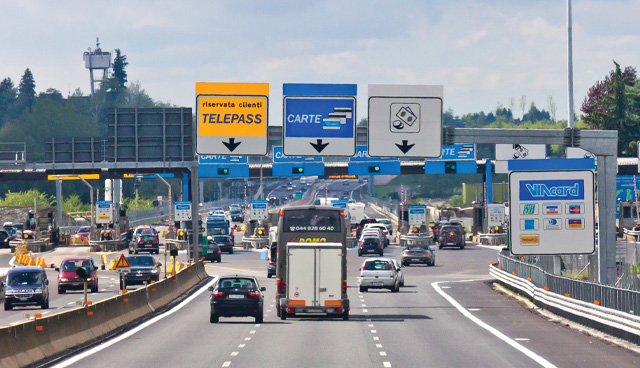Transport key in new European emissions targets

Member states and the EU Parliament have come to an agreement for a new law enshrining targets for the reduction of carbon emissions. The transport sector will play a significant role if these targets are to be met.
The new law agreed between the EU member states and the Parliament states that the EU will cut carbon emissions by at least 55 per cent by 2030 when compared with 1990 levels. The EU Parliament had pushed for a higher target of 60 per cent, but a compromise of 55 per cent was reached.
“Our political commitment to becoming the first climate neutral continent by 2050 is now also a legal one,” said EU Commission chief Ursula von der Leyen in April 2021 upon the agreement of the new law. “The Climate Law sets the EU on a green path for a generation.”
The EU Climate Law was agreed in April 2021 following months of talks between the member states and the Parliament. It sets a limit on the levels of CO2 removal that can count towards the 2030 target, which will ensure that states will be forced to focus on activities that actively lower carbon in their atmosphere rather than removing it via initiatives such as reforestation. Such measures mean that the onus will be on sectors such as transport to find cleaner ways to operate.
A 15-member independent council will be established to advise the EU on climate measures and targets, with the EU Commission set to announce a package of climate laws in June to support the plans. While previous EU legislation had targeted a 40 per cent cut, the 55 per cent target was initially announced in December, although it was not enshrined into law until April amidst calls from the EU Parliament and environmental groups to go further. Frans Timmerman, the Vice-President of the EU Commission, said that the political agreement reached was “a landmark moment for the EU and a strong signal to the world”.
In September 2020, the Commission set out its plans for reaching the 55 per cent target, where it stated that “in the transport sector, as calculated in the Renewable Energy Directive, renewables would reach around 24 per cent [emission reduction] through further development and deployment of electric vehicles, advanced biofuels and other renewable and low carbon fuels”. Revised CO2 emission standards for cars and vans will “ensure enough clean cars are available on the market” and the transition “will require a corresponding roll-out of recharging and refuelling infrastructure by 2030”, with one million new charging points to be rolled out as part of the European Green Deal.
Under previous targets, it was estimated that the transport sector would require an additional €120 billion of investment, a figure which has now been revised to €130 billion in order to meet the 55 per cent target. It has also been mooted that an expanded EU Emissions Trading System could be developed to incorporate road transport, “potentially in time covering all uses of fossil fuel combustion”.
In the case of road transport, emissions trading has the advantage of “capturing fleet emissions under the cap and simultaneously incentivising behavioural change with lasting effects on mobility solutions through the price signal”, although CO2 emissions performance standards for cars are said to be “the main driver to ensure the supply of modern and innovative clean vehicles, including electric cars”. Thus, in order to guarantee a clear path towards zero-carbon mobility, the European Commission says that “the CO2 emissions standards for cars and vans will be revisited and strengthened”.





